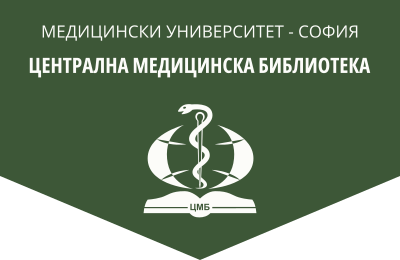Age-related macular degeneration – new therapies
General Medicine, 2024, 26(1), 51-57.
D. Antonowa1, Ch. Vidinova2
1 Department of Ophthalmology, Military Medical Academy – Sofia
2 Department of Optometry, Sofia University “Sv. Kliment Ohridski” ‒ Sofia
Abstract. Age-related macular degeneration (AMD) is a socially significant disease and one of the leading causes of irreversible blindness in the developed world affecting people over 50 years of age. It is a multifactorial acquired degenerative disease damaging the central area of the retina responsible for fine vision. The approach to the treatment of wet form of age-related macular degeneration underwent a revolutionary change after the establishment of the key role of vascular endothelial growth factor (VEGF) in the pathophysiology of this form of the disease. The article examines in detail the new drugs used in the treatment of AMD in recent years. Such medications are: Aflibercept (Eylea) ‒ a soluble protein that acts as a trap for the VEGF receptor. It penetrates completely through all layers of the retina, binding to both VEGF and placental growth factor – two of the most important proangiogenic factors in the pathogenesis of the disease. In February 2020, the European Commission approved the use of Brolucizumab (Beovu), which is a humanized fragmented monoclonal antibody with a very small molecule – 48 kDa. In January 2022, the first preparation that affects two different pathogenetic mechanisms of the neoangiogenesis cascade was approved – Faricimab (Vabysmo). It is a humanized bispecific monoclonal antibody that inhibits both angiopoietin-2 and VEGF-A. The effects of these preparations are discussed in detail.
Key words: age-related macular degeneration, new preparations, аflibercept, faricimab
Address for correspondence: Dafina Antonowa,MD, e-mail: antonowa.d@gmail.com
